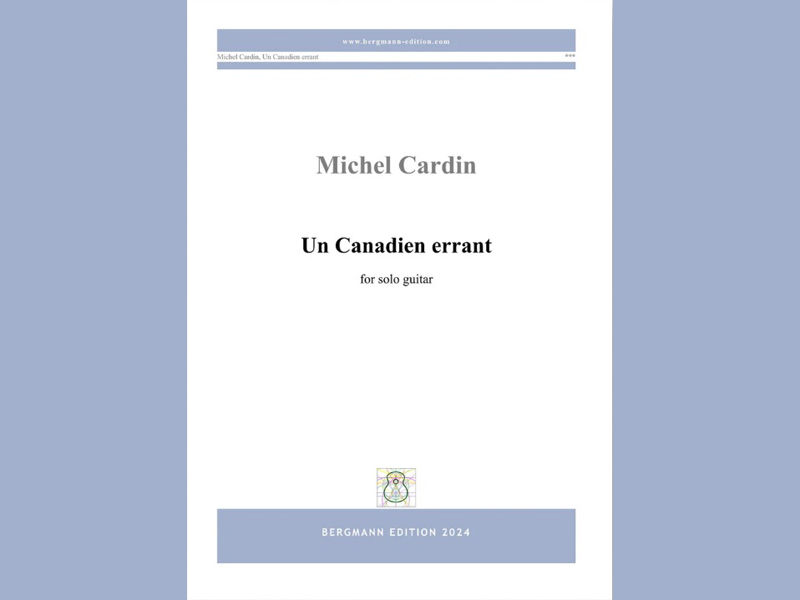Cristiano Porqueddu : Sonata III (Rito del Fuoco) : DOz
- chrisdumigan
- Jan 19, 2023
- 3 min read

Cristiano Porqueddu
Les Productions D’Oz: 16 pages
This substantial work, which won the first prize at the Changsha International Composition Competition in 2019 in China is based on an ancient Sardinian legend about Saint Anthony, the detailed description of which is too complex to go into here now, but suffice it to say that our composer has taken great care to write many areas of the story into his three -movement Sonata, with much of the music actually based on the opening bars of the first movement. So, the first movement is based on a dance procession, whilst the second is a mournful berceuse describing the world lost and desolate, and the final movement is a Rondo in the form of an ostinato.
The opening movement begins Lento with a theme that, as I said before is the basis of much that is to follow. The harmonic style is modern, and although not atonal in any sense is still enough that a key signature is irrelevant throughout this 15 minute piece. The part – writing is what immediately comes to the fore, and much of the work is in three quite independent voices .This does make the actual playing distinctly tricky, as almost nothing you see here will be in a format that you will recognize, and so getting to grips with its intricacies is a real problem for anyone less than moderately advanced. After the slow opening, an extremely fast running group of 32 demi – semi – quavers hurl themselves up the fingerboard, before a pause at the very top leads to another variant of the opening idea. After a second time through this variant, a similar run of demi – semi – 1quavers leads this time to an Allegro Fantastico in a mixture of rhythms of 6/8, 9/8, and 12/8 that manages to sound very dark and mysterious. Again here, the part writing is so involved that it literally stops you in your tracks a number of times, before the musical sense of it all, starts to intervene, and allows you to get to grips with it, but it really is worth the effort it takes as the writing is phenomenal, just entirely original from start to finish.
The slow movement is an Adagio incantato and takes the pressure of the opening movement off quite considerably. There is still the voice writing that is rhythmically diverse from voice to voice but the mournful nature of the music and the more distinctly melodic ideas that result make this quite a change from the first.
The final Mosso Mysterioso is perhaps the hardest technically of the three, as it begins with a very rhythmically off – beat ostinato that is topped by another equally rhythmically diverse part that after a few moments becomes dramatic and forceful in its intensity, and although is very effective, is very difficult to keep going at the speed required. Then the opening first movement motto theme returns, as do the other themes, which are varied when they do until finally the opening Lento brings the piece to a very quiet, though uneasy close on a pianissimo tambora of a bare fifth on D.
This composition was written as part of an important event funded by the European Community and of which Porqueddu is the artistic director. The piece in its entirety is available on the Brilliant Classics set called Portrait of Sardinia, and is the first port of call for anyone players interested in this substantial and very effective piece of writing, although it really is only for the advanced players amongst you!
Chris Dumigan




Comments